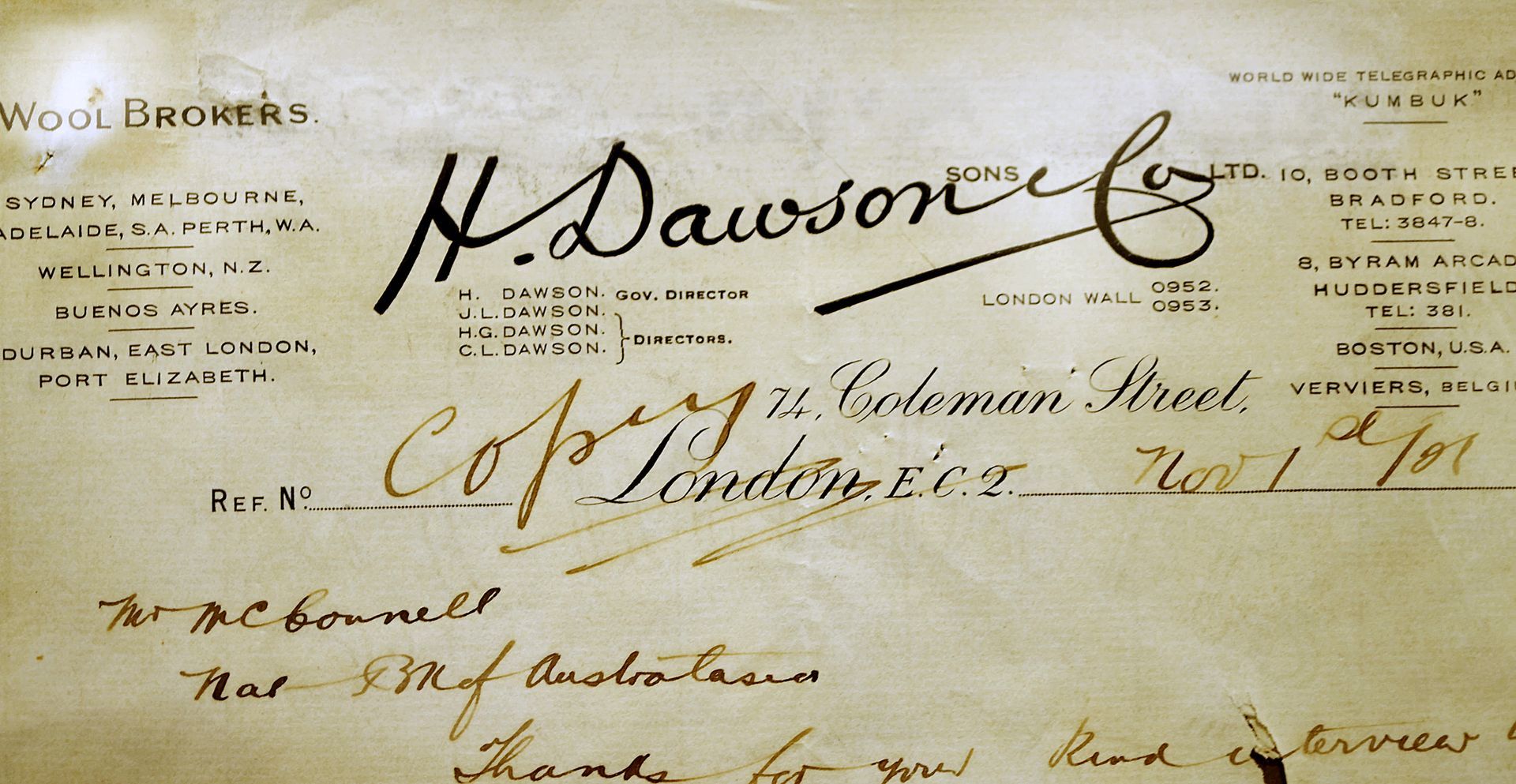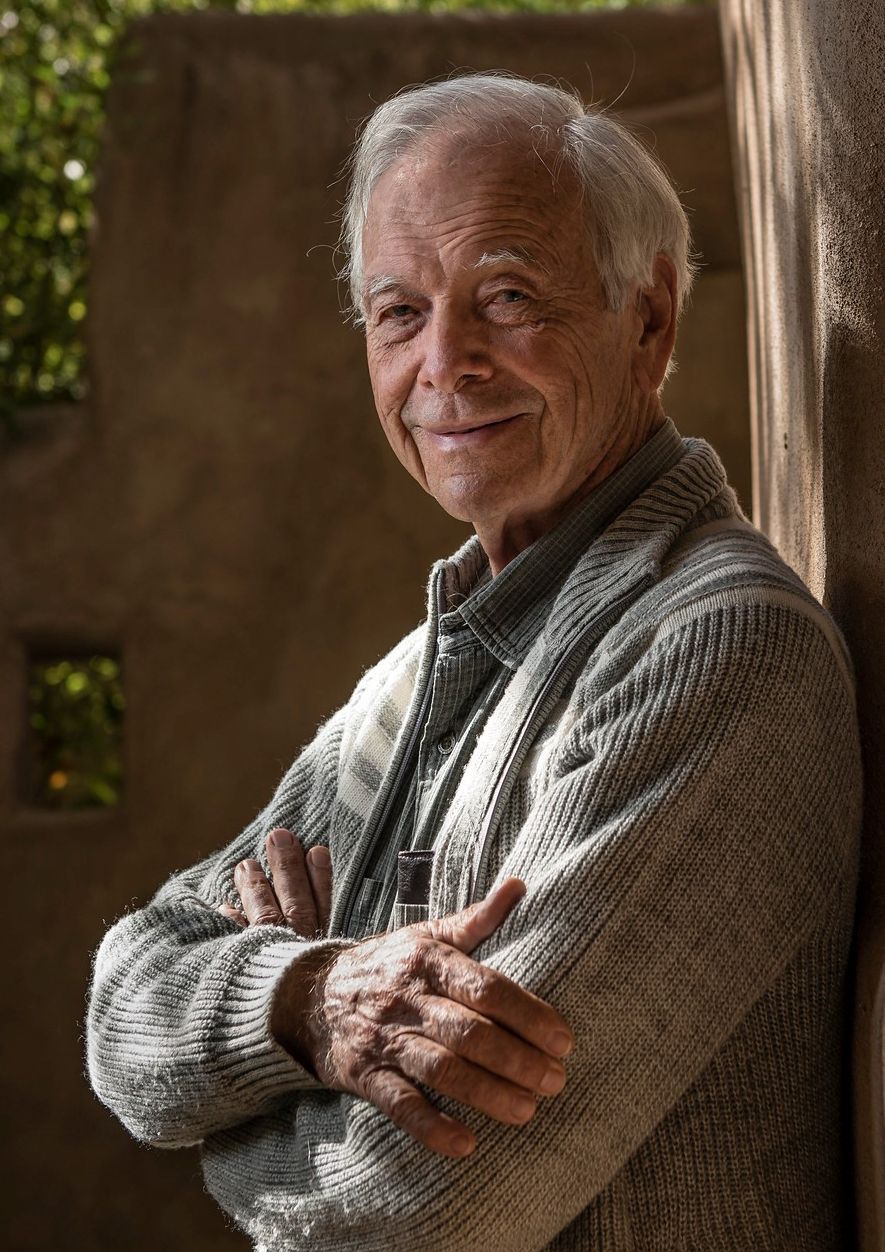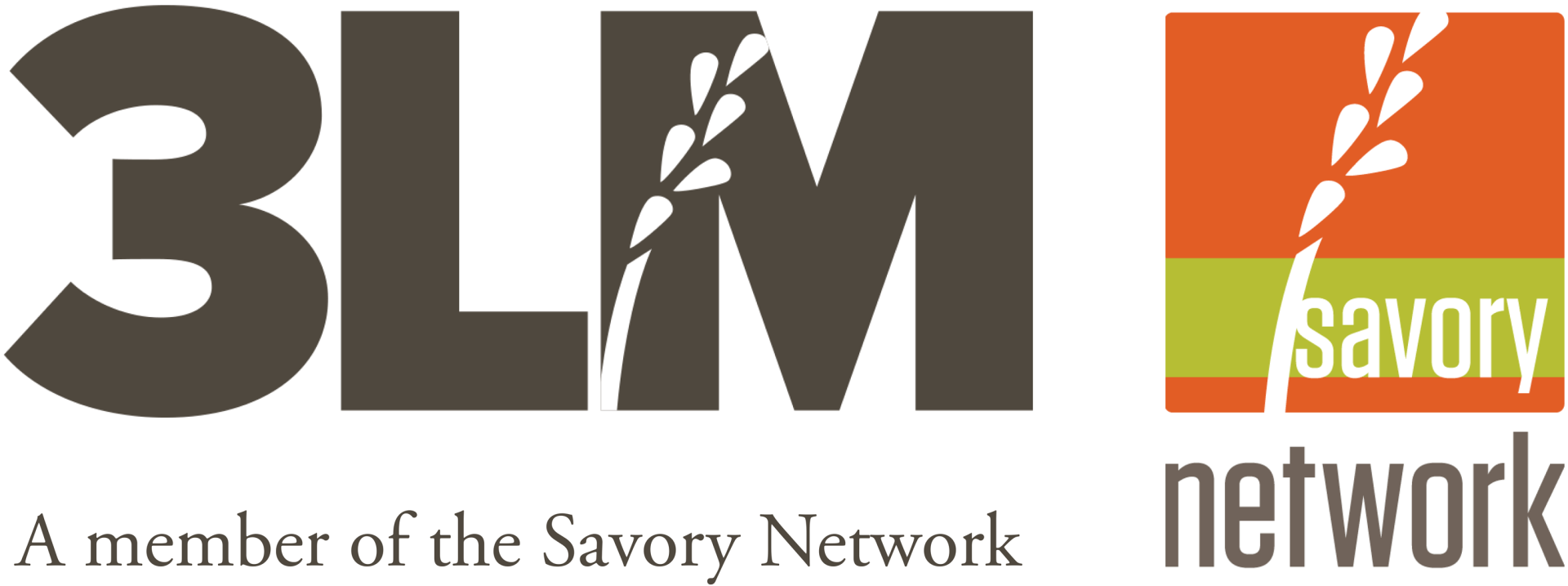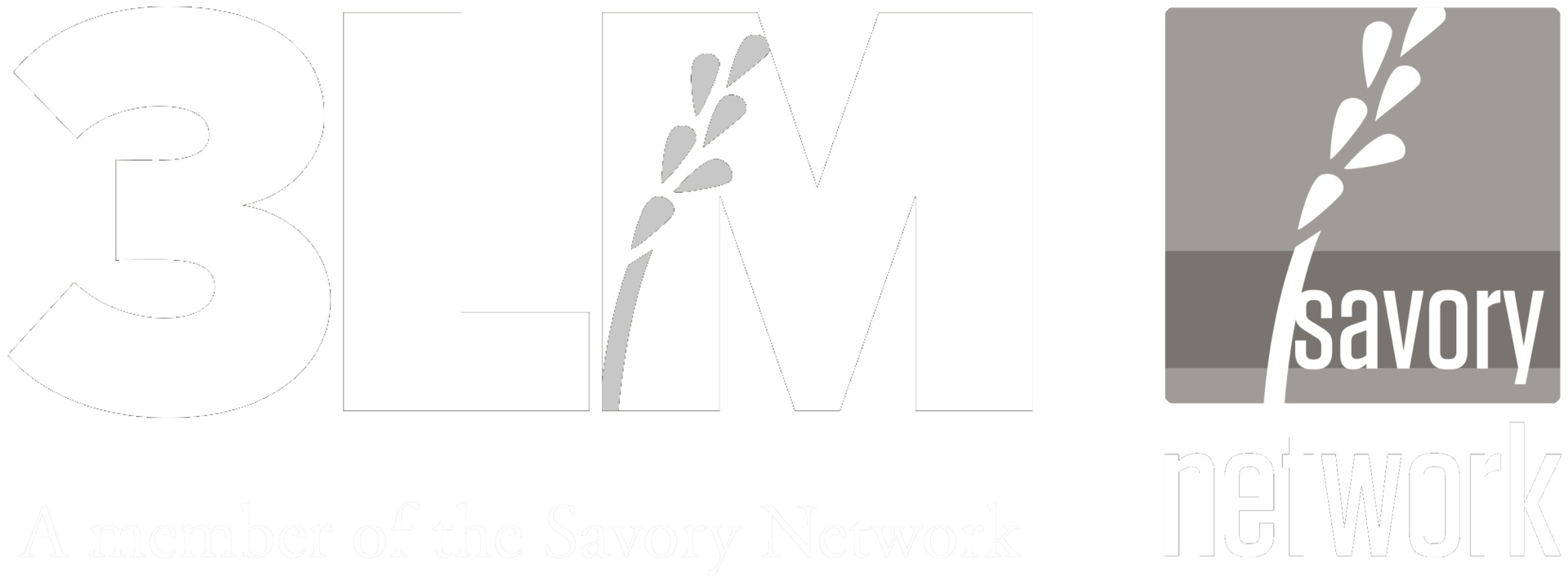
H Dawson - A historic business future proofing through innovation

Image above shows a ledger from the early days of the business that was founded in 1888
From Commodity to Catalyst:
How Holistic Management Transformed a Wool Business
When H Dawson first began working with wool, the business operated much like many others in the fibre trade: moving raw materials from one point on the globe to another, extracting value wherever possible. But something felt missing. The work didn’t seem to carry enough meaning, nor did it feel like it was contributing to a better world.
That all changed in 2010 with a meeting that would shift the trajectory of the business—a meeting with Allan Savory.
This encounter planted a new idea: that wool, and the land it comes from, could be part of something much bigger.
That the business could become a force for regeneration—connecting farmers and end users in a supply chain that not only delivers quality fibre but also heals landscapes and restores ecosystems. Holistic Management gave the company a framework to make that vision real.
Over the following years, the business was completely reimagined—from a passive trader of wool to a proactive agent of systemic change.
From Commodity to Catalyst:
How Holistic Management Transformed a Wool Business
Investing Ahead of the Market
At a time when regenerative wool was still an emerging concept, H Dawson made the bold decision to finance its future. They purchased wool from regenerative farms even before there was clear demand, paying significant premiums to help support and encourage farmers on this journey. In doing so, they seeded a new supply base—one that could serve the next generation of conscious consumers and brands.
To ensure credibility in a market increasingly wary of greenwashing, the company partnered with 3LM and adopted Ecological Outcome Verification (EOV). This gave them confidence—and proof—that their claims of regeneration were real. In a world saturated with vague sustainability promises, this independent verification has become a powerful differentiator and a foundation for brand trust.
Regeneration Is a Journey, Not a Tactic
The team at H Dawson is the first to acknowledge that this is only the beginning. Holistic Management is not a quick fix. It’s a journey that requires commitment, continual learning, and a willingness to shift deep assumptions about business, value, and success. But the benefits are already visible—not just in healthier landscapes, but in stronger relationships, clearer strategy, and products that carry real meaning.
Whether it’s turning low-value hill wool into high-performance products, using wool for peatland restoration, or creating digital traceability tools that link end users to the farm, the business is now led by purpose. And it’s this purpose—woven into every layer of the organisation—that has become the real driver of value.

Seeing the Whole System, Not Just the Fibre
Wool is an extraordinary fibre—natural, renewable, breathable, flame-retardant, and biodegradable. But its true value extends far beyond its physical attributes. Holistic Management helped H Dawson see that every strand of wool is tied to the health of the soil, the vitality of pasture, the wellbeing of sheep, and the long-term viability of farming communities.
The shift wasn’t just philosophical—it was practical. They began designing entire supply chains from scratch, linking specific farms with specific products. Fair prices were offered to farmers—not based on commodity markets but on the real value of the wool when connected to premium, high-performance uses like mattresses, furniture, and filtration systems. Regenerative thinking allowed every part of the business to evolve, from procurement to product innovation to end-user communication.
Embedding Regeneration in Business Culture
One of the most profound changes has been internal. Holistic Management training across the company created a shared language, helping teams identify bottlenecks and solve problems more effectively. Staff began thinking systemically, making decisions not just for immediate gain but for long-term resilience. Strategic planning took on a new dimension—focusing not just on financial outcomes but on ecological and social regeneration as well.
This cultural shift has unlocked innovation and empowered individuals at all levels of the business. There’s now a stronger sense of ownership, creativity, and purpose—because everyone understands the deeper ‘why’ behind the work. The training continues, with new hires brought into the fold and existing teams continually supported in applying holistic thinking to their roles.

